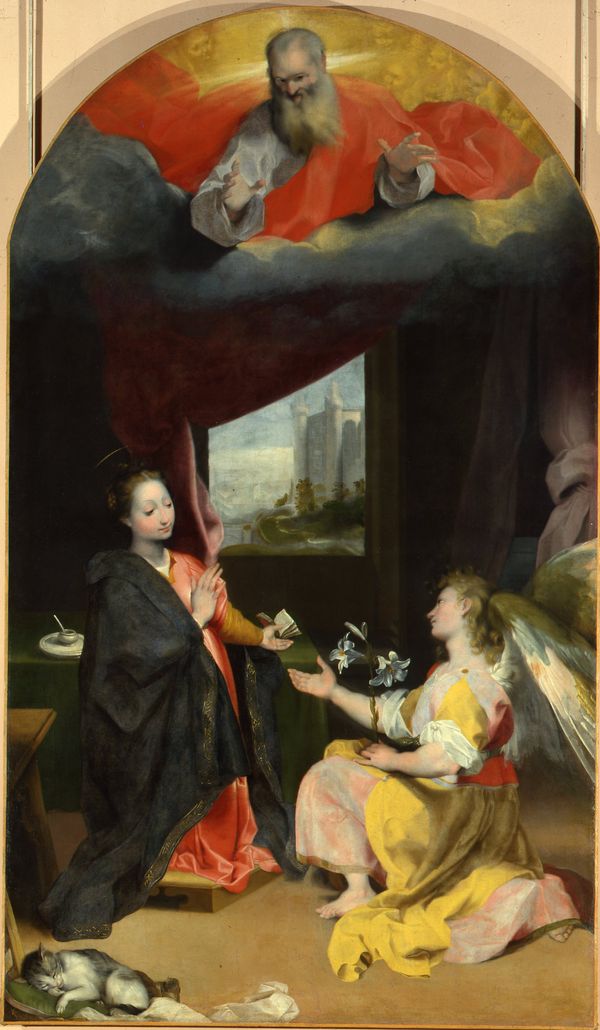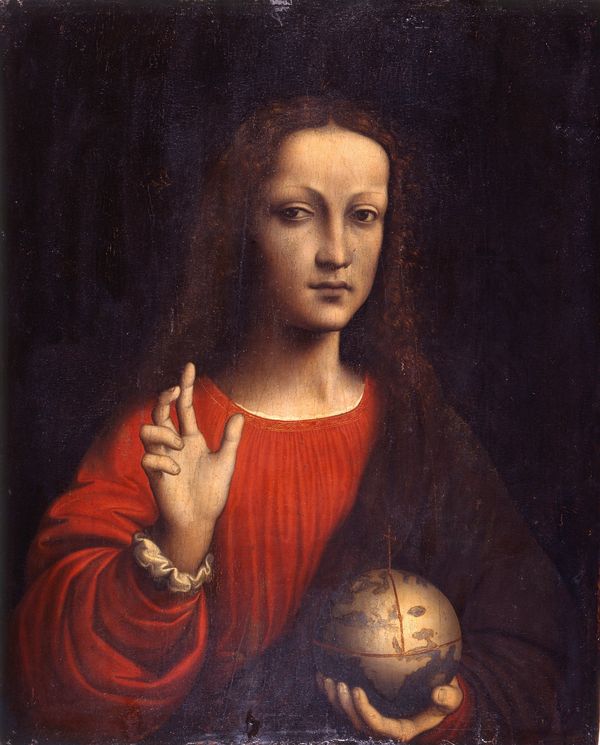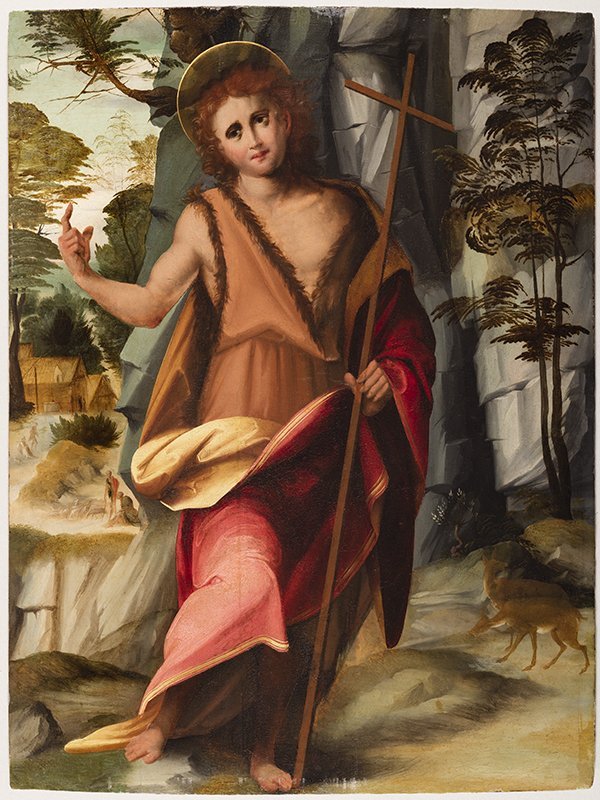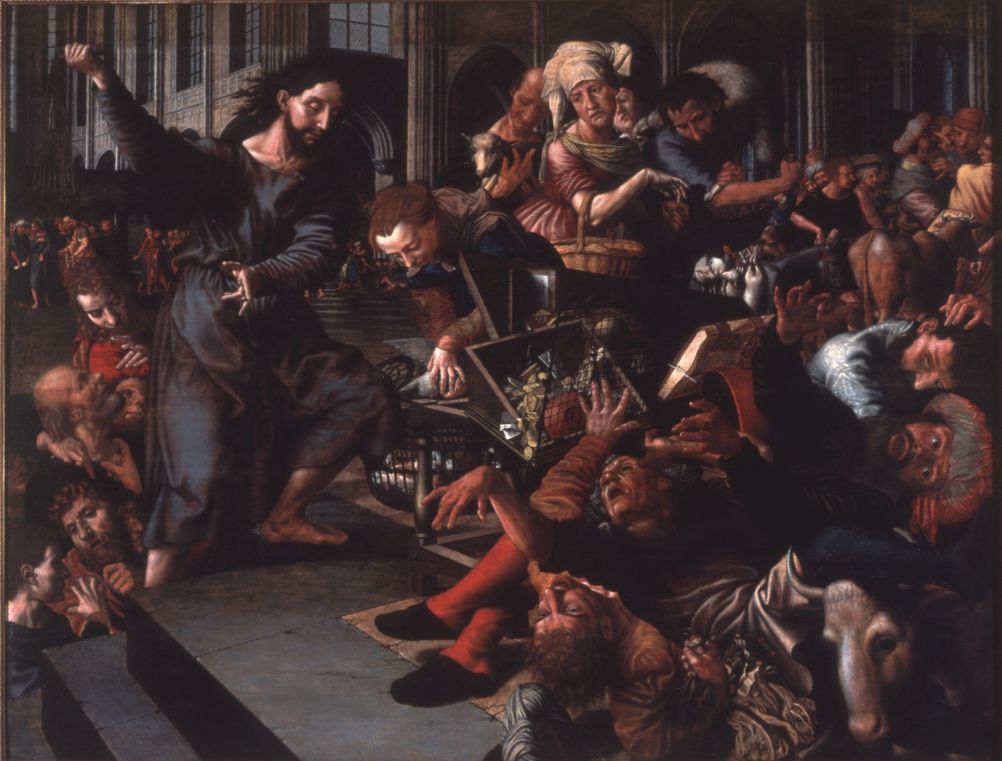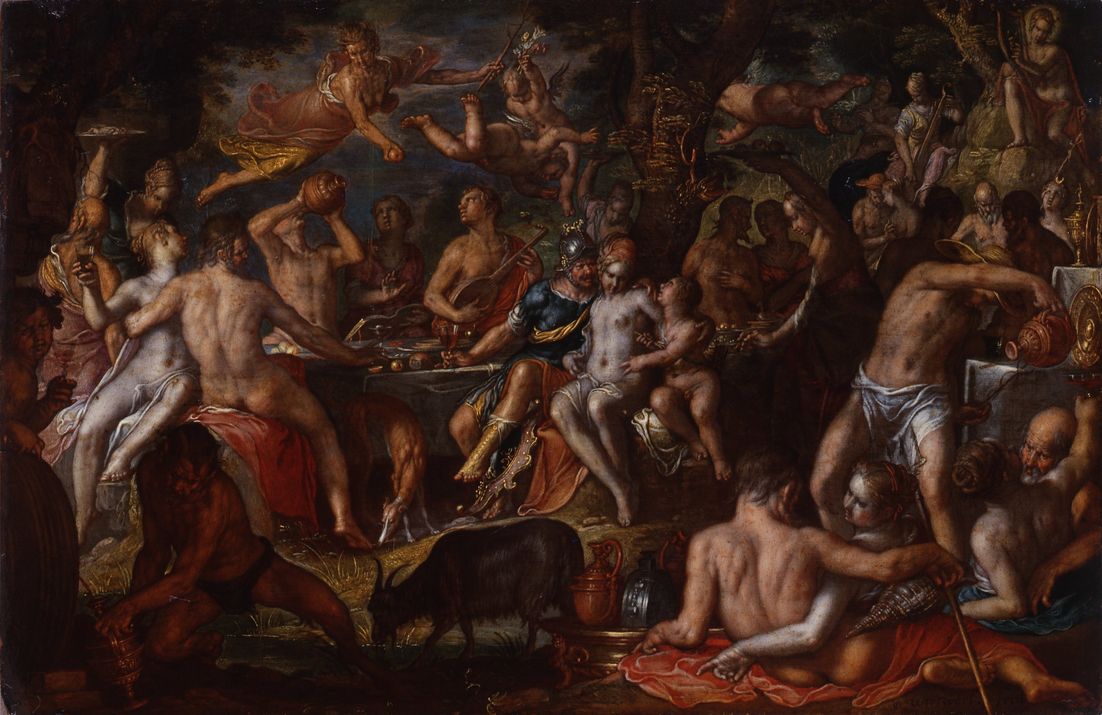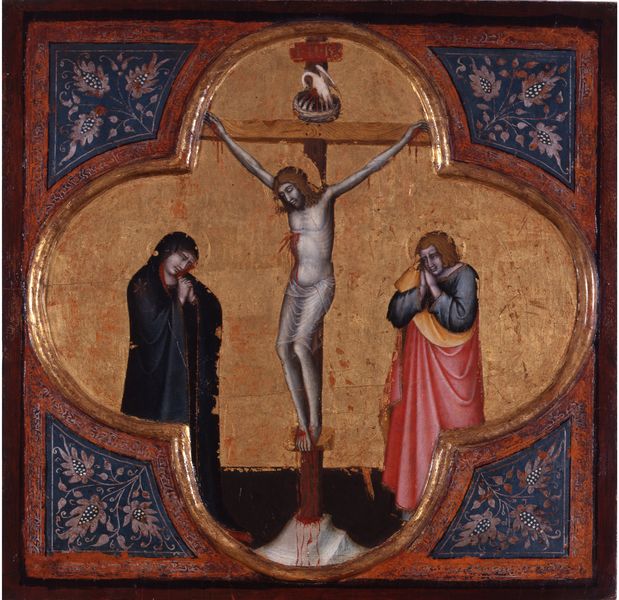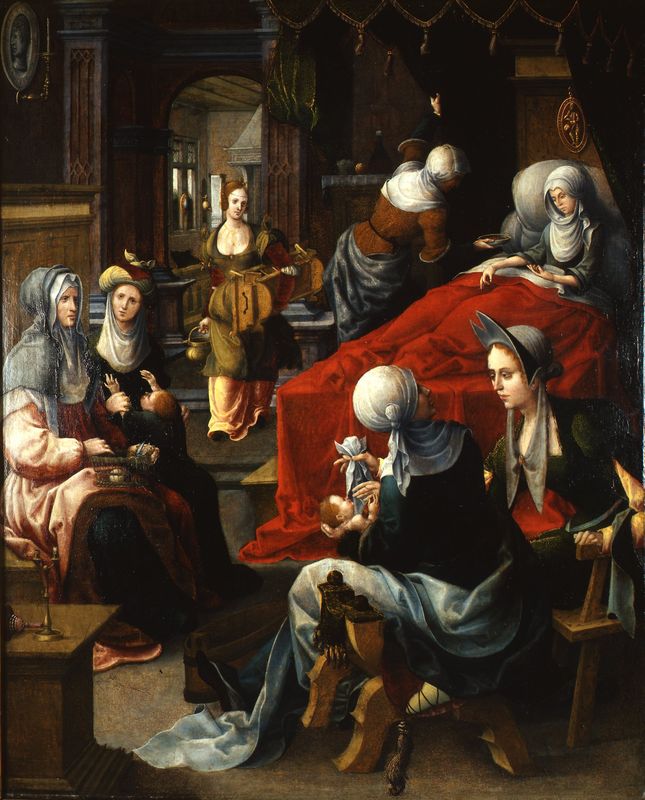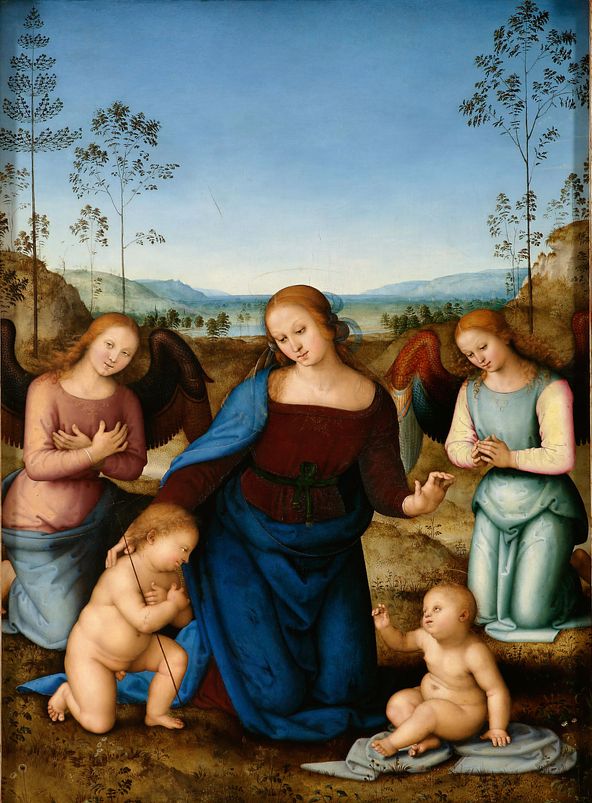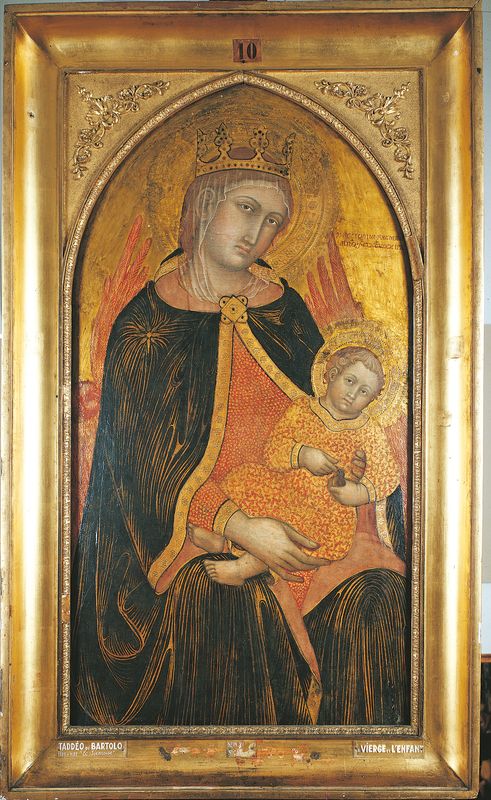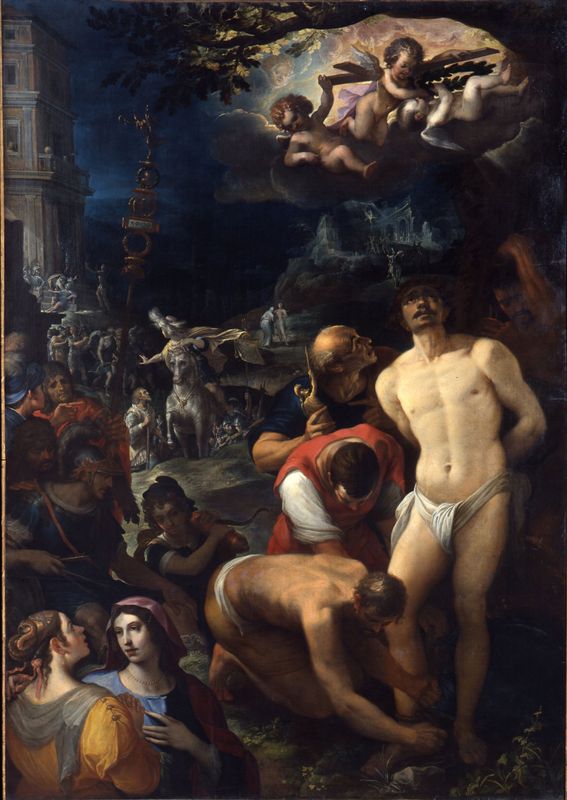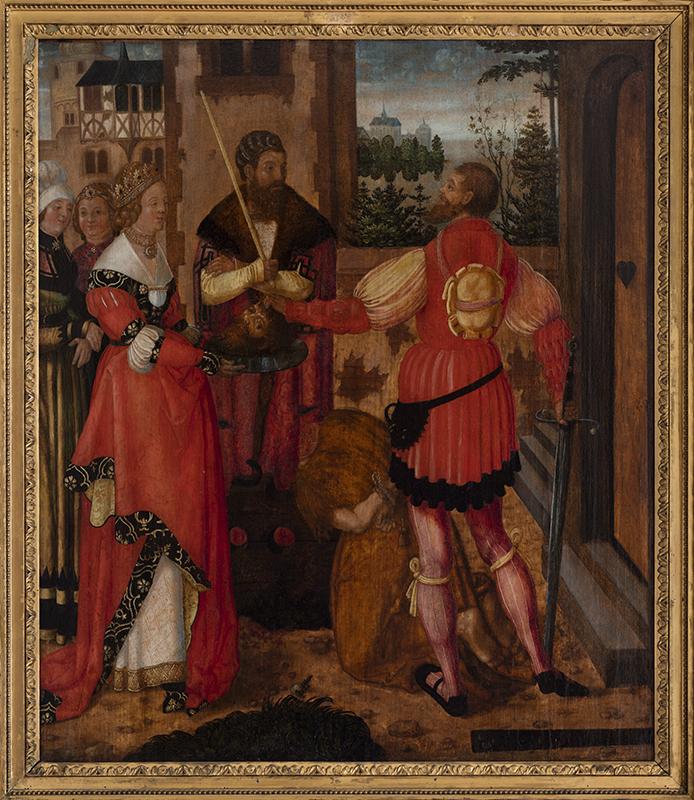Renaissance painting in Europe (14th and 15th Centuries)
The musée des Beaux-Arts de Nancy has a remarkable collection of 14th and 15th Century paintings, covering the whole of Europe (Italy, France, Germany, Northern Schools). The Italian works are represented by a number of world-renowned masterpieces.
The musée des Beaux-Arts de Nancy has some rare works of art from before the 16th Century. The Italian School opens majestically with three items forming part of an altarpiece, now disappeared, from the brush of the artist known as Mello da Gubbio, a contemporary of Giotto (c. 1267-1337). The golden age of the 14th Century is again represented by a beautiful Madonna and Child by Taddeo di Bartolo, an important figure of the Sienna Renaissance (c. 1400). There then follow a number of major works from the years 1505-1515. The delicate Madonna and Child by Perugino, a pupil of Raphael, offers a spectacular example of the perfection achieved by the masters of the Italian Renaissance. The Saviour of the World, from Leonardo de Vinci’s studio, decorated François I’s Bath Chambers in the Château of Fontainebleau. A collection of Florentine Mannerist paintings (Larciani, Vasari, Sogliani, Jacopino del Conte...) may be seen alongside works from the main Italian centres of the 16th Century: Venice with Bassano and Tintoretto, Bologna with the transgressive Holy Family by Giovanni Francesco Bezzi, known as Nosadella (c. 1550), Rome with a moving Pieta by Federico Zuccaro’s entourage. The Annunciation, painted in Federico Barocci’s studio, from Pesaro Cathedral, closes the Italian 16th Century collection.
The German Renaissance School is represented by four panels painted in around 1515 by Wilhem Stetter for the Brotherhood of the Order of Saint John in Strasbourg. These surprising works show the influence of Durer and the great landscape artists of the Danube School. Mannerism found strong expression in Northern Europe, in Utrecht with Joachim Wtewael (The marriage ofPeleus and Thetis), in Antwerp with Jan van Hemessen (Christ driving the Merchants from the Temple) and Wenceslas Coeberger (The Martyrdom of Saint Sebastian), and in Venice with Paolo Fiammingo, whose Diana the Huntress is a superb example of the artistic exchanges between north and south.
The collections of French paintings for the 16th Century include four delicate portraits by Corneille de Lyon, along with Jean and François Clouet the most remarkable portrait artist of the late Renaissance, and two large panels from a triptych by Noël Bellemare, in a strongly Flemish style.

